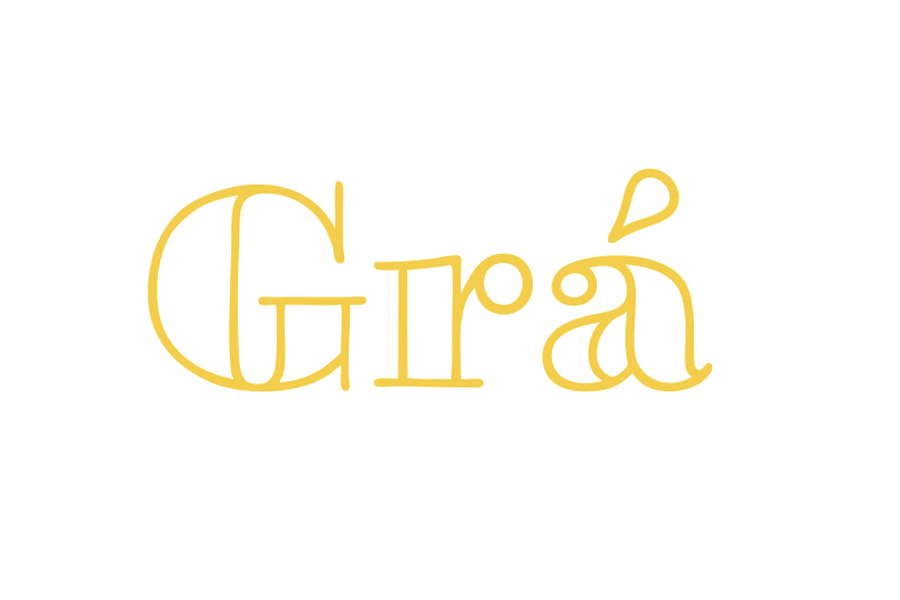Marie Claire Keague’s "Abstract in Blue" is a captivating example of abstract expressionism, where mood, atmosphere, and emotional depth are conveyed through a careful interplay of color and form. Dominated by deep, evocative shades of blue, the painting immerses the viewer in a world that feels both vast and introspective. At first glance, "Abstract in Blue" appears enigmatic, but upon closer inspection, it reveals layers of meaning and emotional resonance.
The canvas is awash with various shades of blue, creating a sense of calm yet profound mystery. The top portion of the painting suggests a horizon line, perhaps implying a body of water or an abstract landscape, though its ambiguity is a key aspect of the work's allure. The darkest blues are concentrated at the upper edges, fading into lighter, almost luminescent tones toward the middle and bottom, giving the painting a sense of depth and fluidity, as if one could be staring into the ocean or the night sky.
Keague breaks up the dominance of blue with sudden bursts of red and faint yellows, streaking through the middle of the composition. These contrasting colors act as focal points, catching the eye and breaking the monotony of the otherwise monochromatic palette. The red is bold and expressive, suggesting warmth or perhaps an emotional intensity that contrasts with the calm, cool blues surrounding it. This interplay of colors evokes a range of emotions—tranquility, tension, and contemplation all coexisting within the same space.
The abstract nature of the piece invites interpretation. One might see in it the vastness of a seascape at dusk, where the water reflects the last glow of sunset. Alternatively, it could represent an emotional landscape, where the depths of blue reflect feelings of introspection, sadness, or serenity, while the flashes of red and yellow hint at hope, passion, or disruption within the calm. Keague leaves these interpretations open, allowing the viewer’s personal experiences and emotions to shape their understanding of the work.
The texture of "Abstract in Blue" adds to its richness, as Keague appears to have used a variety of brushstrokes, blending techniques, and layering to create a sense of movement and depth. In some areas, the paint seems to be applied in thicker strokes, creating a tactile quality that suggests the presence of unseen forces—wind, water, or emotion—moving across the canvas. In other areas, the paint is smoother, allowing the colors to meld together seamlessly, creating a sense of continuity and peace.
What makes "Abstract in Blue" particularly compelling is its ability to evoke a strong emotional response through minimalism and abstraction. By relying on color and form rather than literal representation, Keague captures the essence of emotion and atmosphere without confining the viewer to a specific narrative or scene. The painting invites quiet contemplation, encouraging the viewer to project their own feelings and interpretations onto the canvas.
Ultimately, "Abstract in Blue" is a work of art that thrives on ambiguity and emotional depth. Marie Claire Keague skillfully uses the power of color to evoke a range of feelings, from peace to passion, from calm to chaos. It’s a painting that, like the ocean or the sky, offers endless depths to explore, both visually and emotionally. For those who encounter it, "Abstract in Blue" becomes not just a piece of art, but a journey into the unknown—into the depths of the human experience, where beauty, mystery, and emotion collide.

